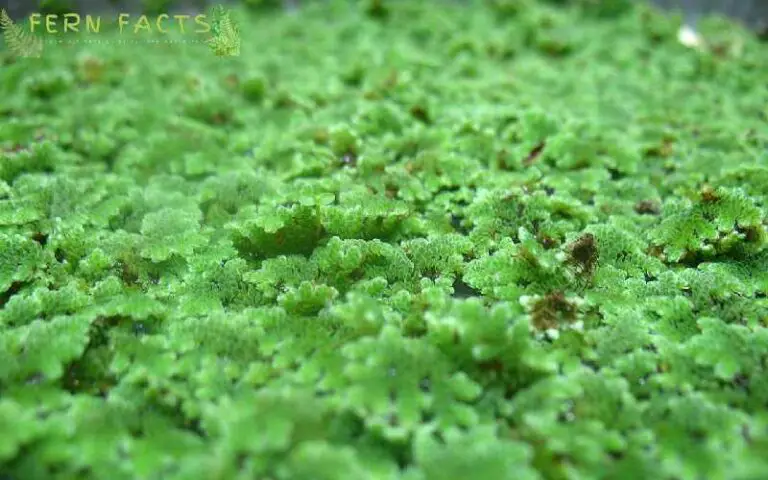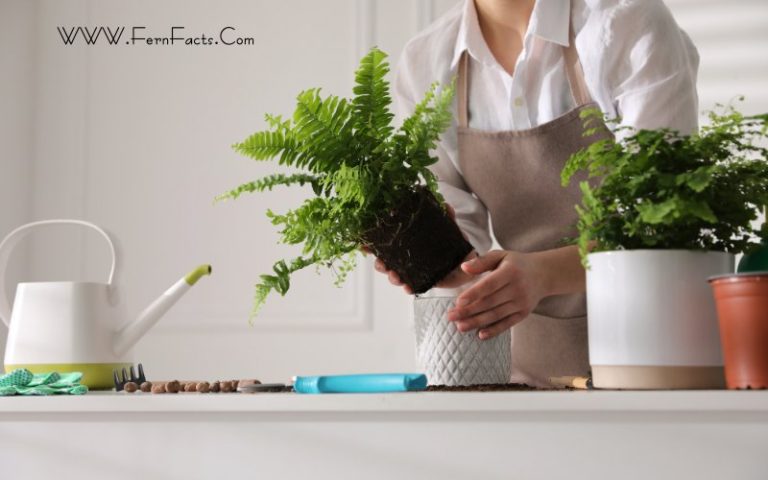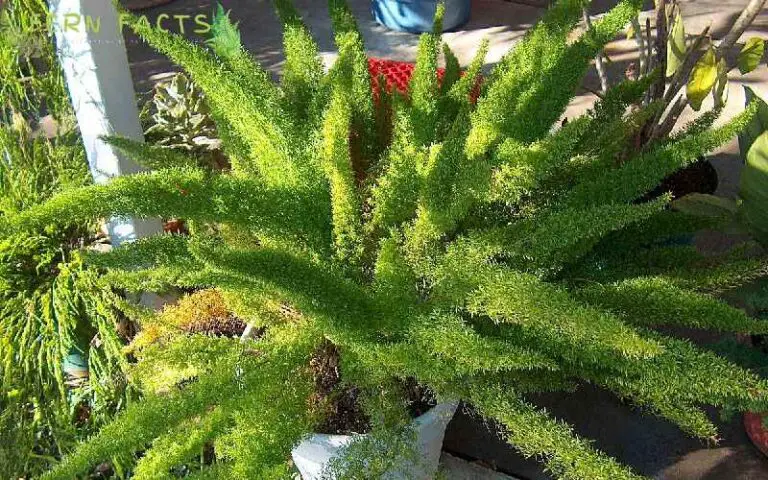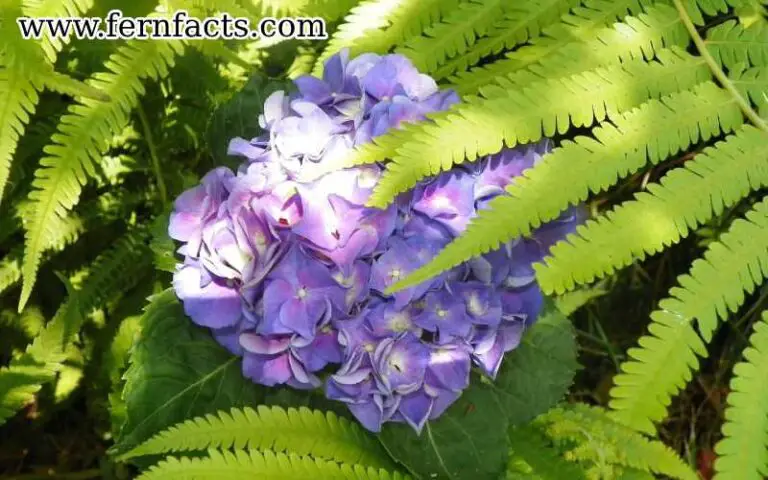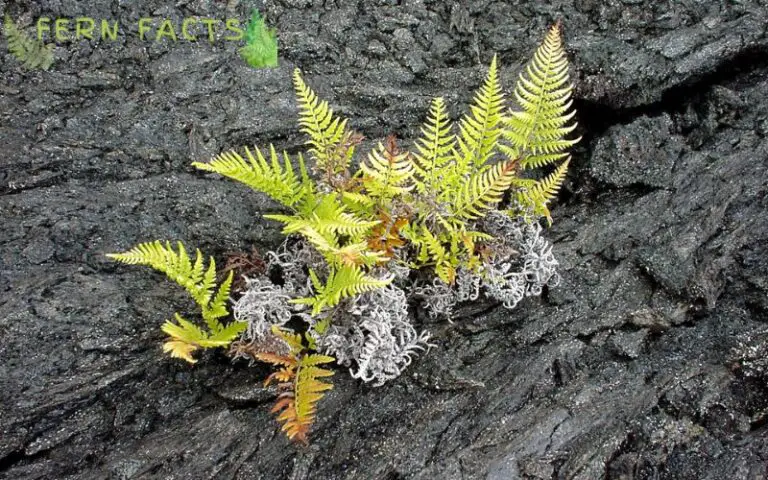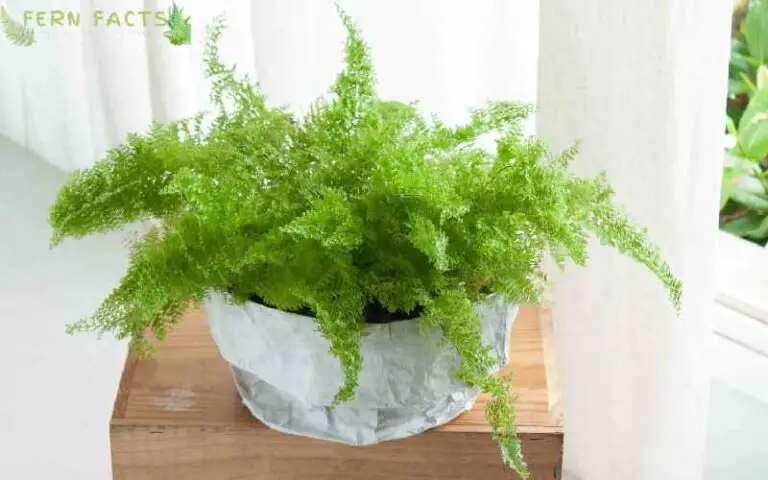How to Grow and Care for Blue Star Fern
Do you want to grow a medical herbal plant in your house? Well, Blue Star fern is one of the proclaimed herbal plants in Central America in folk medicine.
Many native folk people are still using this plant as a remedy for many health issues. If you want to know more about this blue Star fern stay on this article.
Here, I’ll be discussing blue Star ferns’ overall characteristics and features so that you can have a basic idea about this fern.
In addition, I’ll also share with you their ideal growing conditions, propagating, and repotting tips along with common issues so that you can troubleshoot all the issues beforehand. So let’s get started
Overview of Blue Star Fern
- Botanic name: Phlebodium aureum
- Common name: Blue Star fern, gold-foot fern, golden serpent fern, hair-foot fern, golden polypody
- Plant: Evergreen
- Family: Polypodiaceae
- Native range: America: North & South
- Native habitats: tropical rainforests
- Shade: partial shade to full shade
- Height: around 2 to 3 feet
- Width: around 2 to 3 feet
- Soil: acid or neutral, Moist, well-drained.
- Hardiness zone: 8,9,10,11
- Benefits: herbal plant
Blue Star fern tropical epiphytic native ferns of the American region including the Caribbean, US state, Georgia, Florida, Bahamas, Puerto Rico, Guinea, Guyana etc.
In those countries, they tend to grow in canopies, tropical rainforests, and subtropical forest palms. Besides, they also grow in swamps and hammocks in Florida.
Sometimes, this deciduous plant invasively grows in dry habitats with extreme levels of lighting.
These ferns are rhizomatous ferns, and tend to grow around 8 to 15 mm in diameter.
Their fronds are large and deeply lobed around 30 to 130 cm long; 10 to 50 cm broad. Usually, the color of fronds is in between green and glaucous-free.
These Blue Star ferns bear evergreen plants in those areas that are full of rainfall, however, they become semi-evergreen or deciduous in dry seasons.
Blue Star fern also grows abruptly for cultivation as both ornamental and herbal supplements. Many cultivators have modified this plant as cultivars where they tend to reform the frond color such as gray-green, silver-green, and blue-green.
Thus, this plant is contributing as an ornamental plant on the economic side. Additionally, they usually grow in a greenhouse environment while maintaining moderate temperatures.
They cannot tolerate the temperature below 5°C. Furthermore, they are also used as herbal remedies for many medical purposes.
This plant has even been used as Central American folk medicine to cure asthma and heart disease. Apart from these diseases, this plant has also been used for dermatologist disorders like melasma, psoriasis, vitiligo, atopic dermatitis, skin cancer, hyperpigmentation, etc.
Growing and Planting Requirements of Blue Star Fern
In terms of growing and planting Japanese Holly ferns, you need to follow some basic and simple guidelines such as light conditions, soil, water, fertilizer, pruning, and grooming techniques.
Similarly, propagating and troubleshooting holly fern pests and diseases issues. All these below-mentioned guides will assist you in having your own Japanese Holly fern plants at your house.
Light
Blue Star fern’s ideal light conditions prefer full shade or partial shade. It means they can grow in moderate to full bright indirect places.
Avoid placing them under direct sunlight, they have less tolerance for direct sunlight. Excessive sun exposure can burn out their fronds.
Therefore, you must give them ideal lighting for their ideal and active growth. You can also put them under low-light conditions but this will abruptly slow their growth.
That’s why you need to give them partial or full shaded places with bright indirect or filtered sunlight.
Soil
Blue ferns are natively epiphytic ferns. They can thrive in a loose and light potting mixture. Thus, try to mix the soil with perlite and orchid bark, to make it light-weighted. Also, perlite will improve the drainage tolerance of the soil as well.
Water
They prefer moist and damp soil or overall soaked. Thus, try to make the soil moist and hydrated. If you are using orchid bark or orchid mixture, then you can use a dip-soak watering method.
Here, you just need to dip your plants into a water bucket or water bowl. Let the orchid barks soak or absorb all the water thoroughly. It might take 10 to 20 minutes in general.
After you see orchid barks fully absorbed water then take the plant out from the bucket and let them dry out first. You can use this watering technique once or twice a week during normal seasons.
Winter seasons, just reduce the amount of watering; could be used once a month.
Conversely, if you are using a soil mixture, then water the plants until the top of the pot gets filled up. Check, if the water drains out from the drainage hole thoroughly or not.
Don’t let the water sit on the roots which can kill your plants by rotting their roots.
Fertilizer
newly planted blue Star fern doesn’t require feeding or fertilizer for up to 7 to 8 months. Once that period is over, now you have to fertilize your plants before their annual growing cycle period comes around.
For fertilizing purposes, you can give them liquid all purpose fertilizer before early spring or autumn seasons.
Simply, mix the solution with water at half strength and apply it for about 1 month. Don’t fertilize in winter if you observe they are losing their fronds. At that time, they don’t require higher protein in the soil as they become dormant.
Further, avoid overfeeding your plants which can cause them salt burn.
Temperature
The best temperature for your ferns would be between 50° to 80° F along with moderate humidity. They can also enjoy the full humidity atmosphere around them.
However, if the temperature drops below 5°C, they cannot survive in such a climate. For balancing the humidity, you can place them in a bathroom, or kitchen as well. Alternatively, you can use a humidifier or pebble tray around them.
How to do Propagating of Blue Star Fern
You can easily have many new plants or baby plants by dividing the roots of these
Blue star ferns.
- First, dig up the whole plant from the pot or from the ground.
- Suggested would be wearing gloves before propagation to save you from any injuries.
- Later dust off the soil from the plants.
- Subsequently, divide the roots from the main plants with any trowel or knife.
- Ensure each part has the same sort of roots.
- Later on, prepare the soil mixture with organic matter, orchid bark, and perlite.
- Then replant each section into a pot or container or in your garden land and water the plant after propagation.
How to report Japanese Holly ferns
For repotting the blue Star ferns, you have to observe your plant thoroughly. If you examine any root-bound situations then you need to re-pot your ferns.
However, every twice or thrice a year you have to re-pot your ferns to increase their growth. Well for repotting purposes, take a pot or container with a deeper size minimum of 2 inches bigger than the previous one.
Then, fill the pot with your new mixer soil with organic compost, perlite, orchid barks, etc. Then repot your ferns in the new container. Make sure all roots are equally placed inside the container.
Then, fill the pot with the remaining soil and water the plant afterward. Watering can help your plants to go through such a hectic process and calm them after the repotting process.
Common Problems With Blue Star Fern and Its Solution
Like all other ferns, these Blue Star ferns also have some problems and issues. By taking care and troubleshooting you can have thriving Blue Star plants at your house.
Pests problems
The most common pests that attack this Blue Star fern are scale, spider mites, bugs, gnats fungus, etc. In those cases, you need to use pesticides or any home remedy techniques such as mixing dish soap with water and misting your plants.
Root rot
As they don’t tolerate standing water, therefore rotten roots are one of the main problems you might face if you don’t follow the correct instructions for watering. If you see the soil become mushy and soggy along with lots of fungicides in the soil and roots.
Immediately repot your plants with a new soil mixture. Before mixing the soil, you can cut off the rotten roots or you can detach the roots and repot only healthy roots in the pot.
Curled Fronds
Well, it’s another sign of inadequate lighting and underwater. If you observe your plant’s fronds are getting curled, then probably you might need to focus on their basic growing condition.
Try to increase the watering level and increase humidity around ferns. Since they lack moisture, their fronds are getting curled.
Brown or crispy Fronds
It’s another sign of not giving them ideal conditions to thrive. The main cause might be underwater or lighting issues.
Maybe your ferns are getting overexposed to the sun that’s why their fronds become crispy and brown.
Or else you might underwater your plants which lead them to have brown crispy fronds. That’s why, fix those issues first and follow their ideal condition rigorously
Final thought
On a final note, Blue Star ferns are epiphytic tropical ferns that are widely spreadable in both North and South America.
Being an herbal plant, these Blue Star ferns are contributing in many ways to the medical field. By acknowledging their growing condition and maintenance, you can easily grow these herbal plants at your home and be beneficial in many ways.


